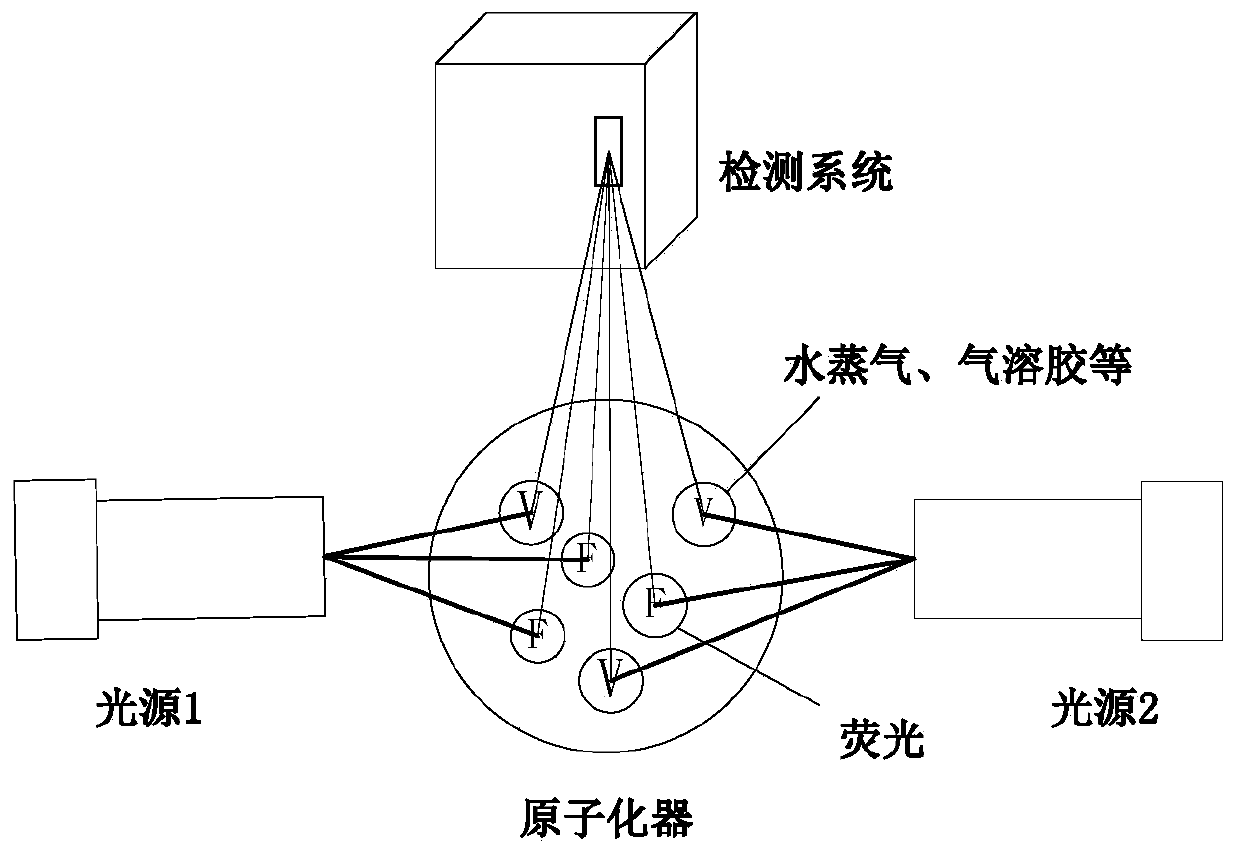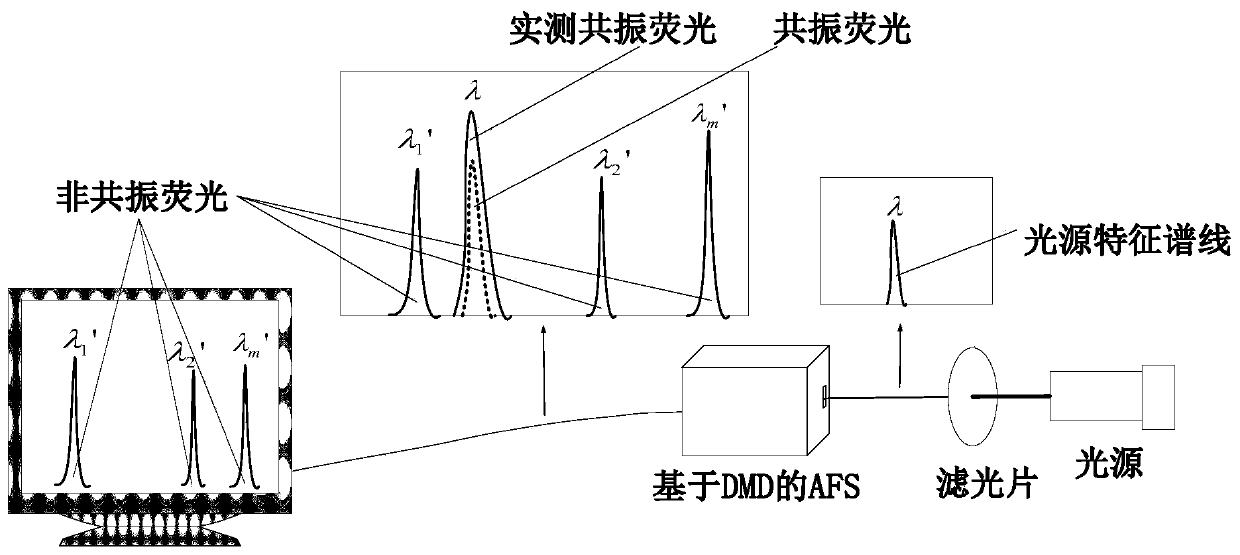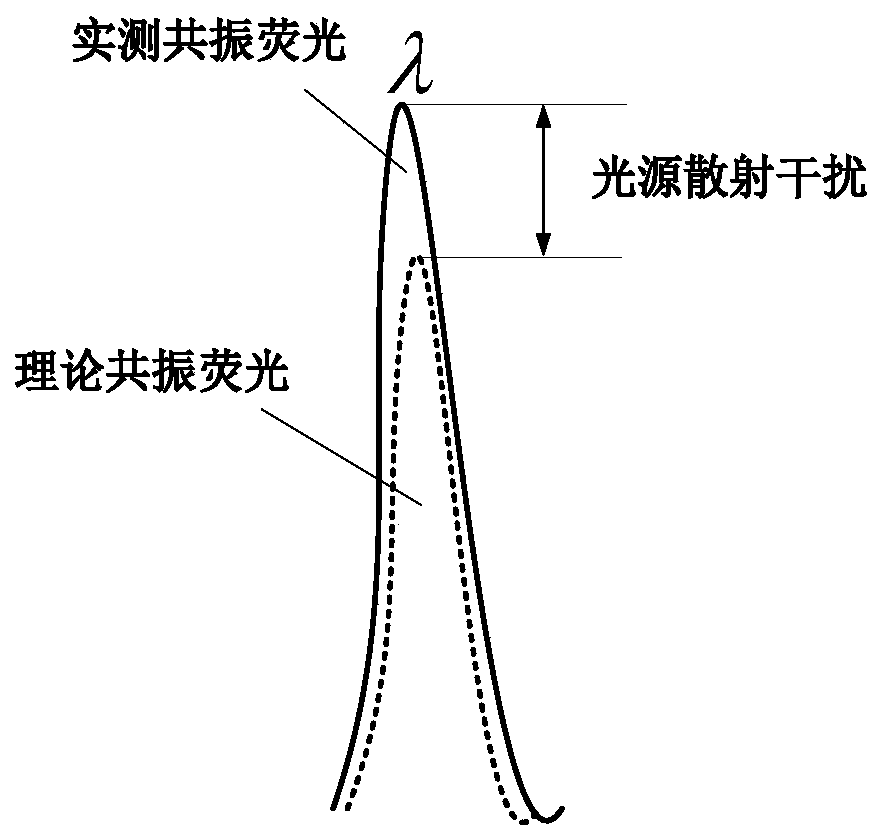Chromatic dispersion type AFS light source scattering interference deduction method based on DMD
A technology of scattering interference and light source, applied in the field of spectral analysis, can solve problems such as cumbersome process, achieve the effect of improving measurement intensity, simplifying measurement, and quickly deducting scattering
- Summary
- Abstract
- Description
- Claims
- Application Information
AI Technical Summary
Problems solved by technology
Method used
Image
Examples
Embodiment Construction
[0019] In order to make the object, technical solution and advantages of the present invention more clear, the present invention will be further described in detail below in conjunction with the examples. It should be understood that the specific embodiments described here are only used to explain the present invention, not to limit the present invention.
[0020] A kind of dispersion type AFS (atomic fluorescence spectrometer, atomic fluorescence spectrometer) light source scattering interference deduction method step based on DMD (Digital Micro-mirror Device, digital micromirror) of the present invention is as follows: see figure 2 and image 3 Shown:
[0021] Step 1. Determine the characteristic spectral line of the light source that the element to be measured can excite a strong non-resonant fluorescent line. This method adopts a narrow bandpass filter, because the existing narrow bandpass filter can only pass through the wavelength in the bandpass range, wherein the ce...
PUM
 Login to View More
Login to View More Abstract
Description
Claims
Application Information
 Login to View More
Login to View More - R&D
- Intellectual Property
- Life Sciences
- Materials
- Tech Scout
- Unparalleled Data Quality
- Higher Quality Content
- 60% Fewer Hallucinations
Browse by: Latest US Patents, China's latest patents, Technical Efficacy Thesaurus, Application Domain, Technology Topic, Popular Technical Reports.
© 2025 PatSnap. All rights reserved.Legal|Privacy policy|Modern Slavery Act Transparency Statement|Sitemap|About US| Contact US: help@patsnap.com



